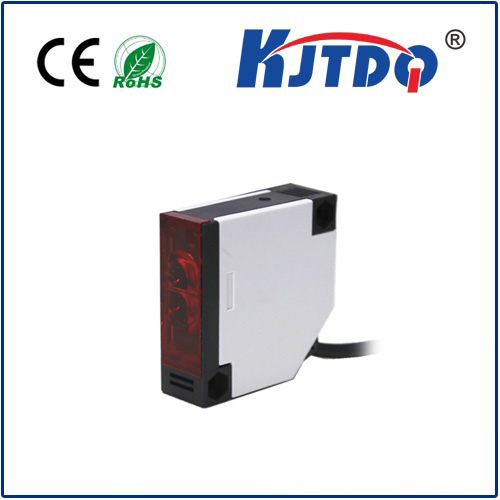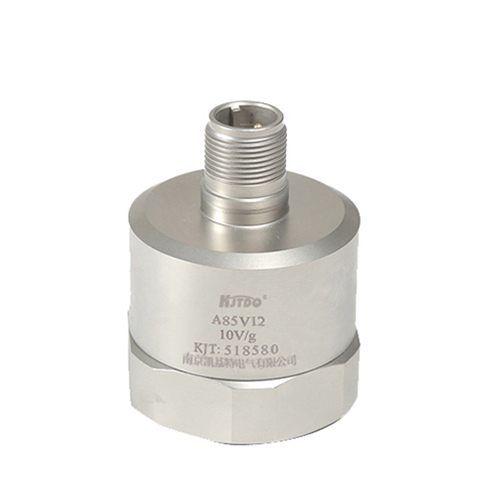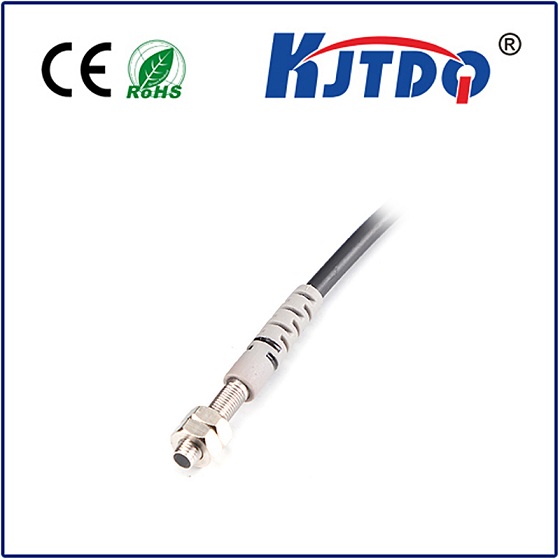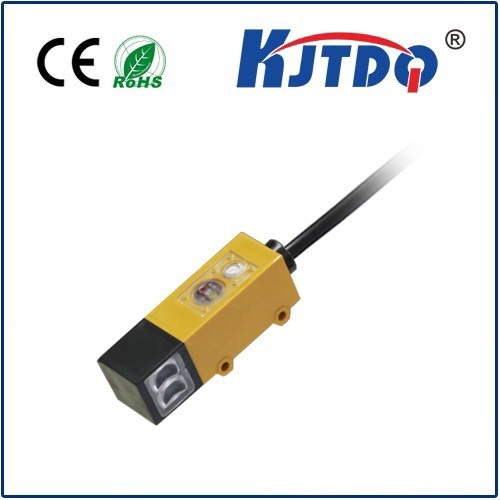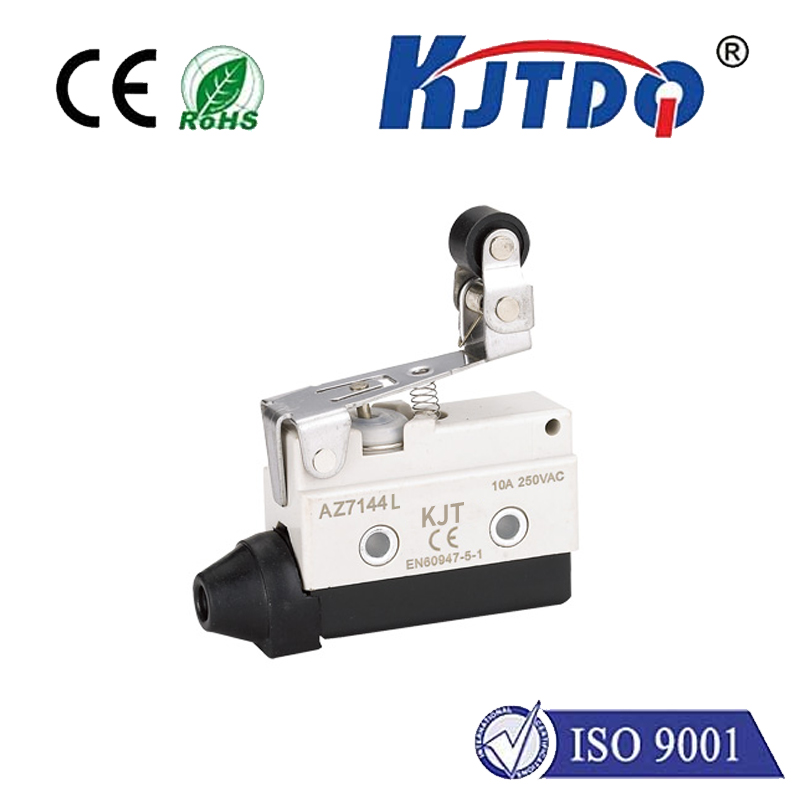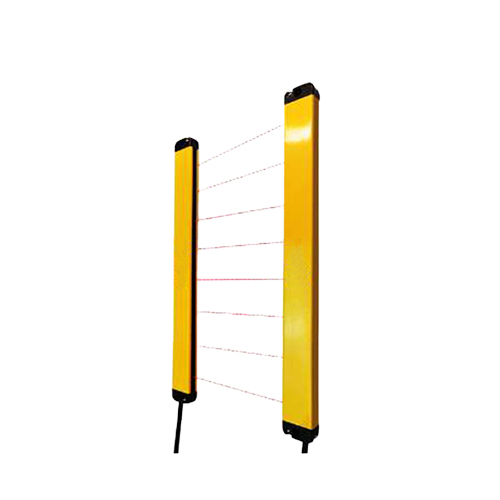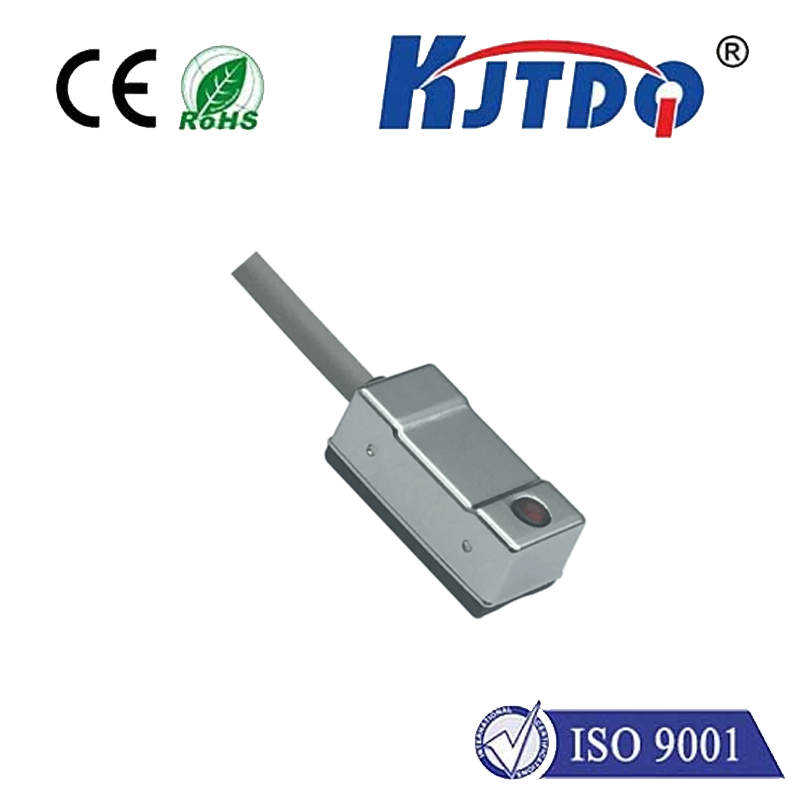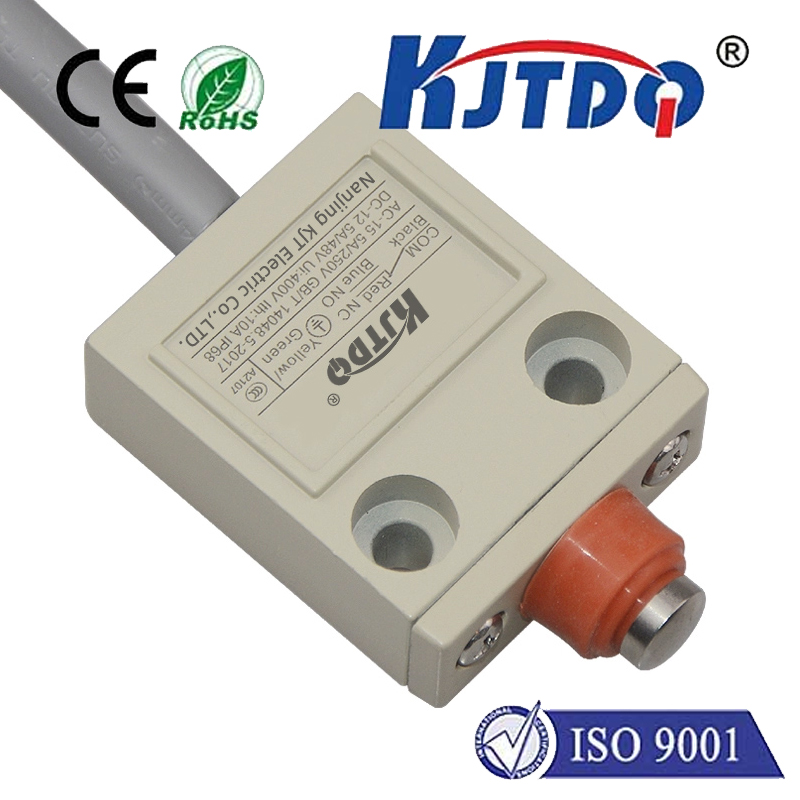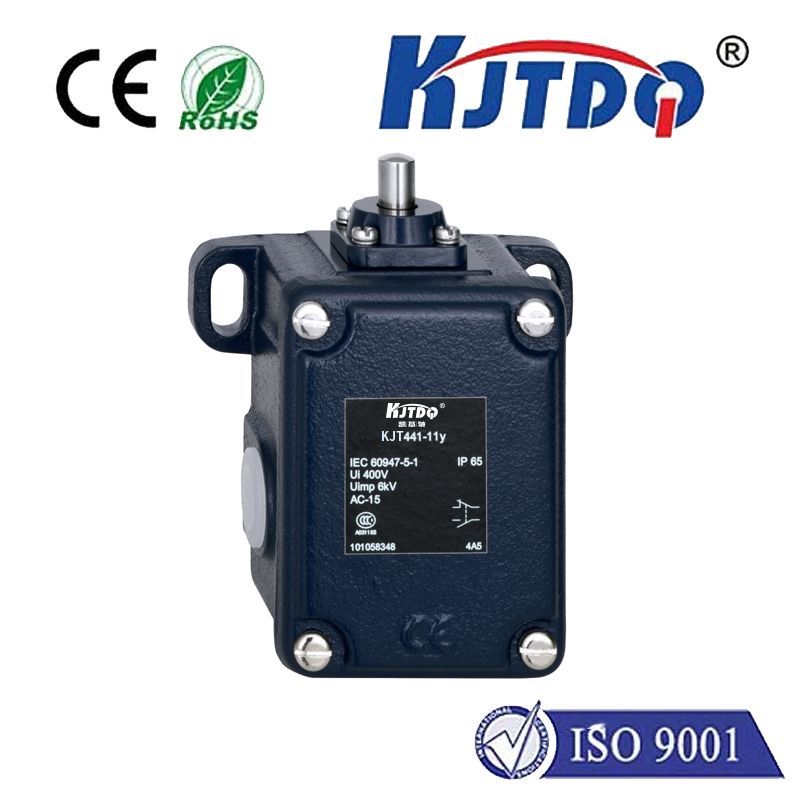capacity proximity sensor
- time:2025-09-06 05:05:25
- Click:0
Unseen Guardians: How Capacity Proximity Sensors Shape Our World
Imagine a smartphone that knows your finger is hovering before touch, an elevator door that senses your approach without contact, or industrial machinery that halts instantly as a hand nears danger. This isn’t magic; it’s the precise, invisible world of capacitive proximity sensors at work. These remarkable devices detect the presence or proximity of objects subtly and reliably, often without physical interaction, making them indispensable across countless modern technologies. Understanding their unique capabilities reveals how they silently enhance safety, convenience, and efficiency in our daily lives and industrial processes.
At its core, a capacitive proximity sensor operates by detecting changes in capacitance. Capacitance is the ability of a system to store an electrical charge. The sensor functions like one plate of a capacitor, with the target object potentially acting as the other plate or altering the sensor’s electrostatic field. When an object enters this field, it disturbs the sensor’s electric flux lines, causing a measurable change in capacitance. This change is converted into a signal – typically triggering detection or proximity indication without any physical contact. Crucially, this enables non-contact detection, a defining characteristic setting them apart from mechanical switches and many other sensing technologies.
Key Advantages Driving Adoption:
- Non-Contact Operation: The most significant benefit. Sensors detect objects without touching them, eliminating mechanical wear and tear, reducing maintenance, and enabling detection of fragile or easily damaged items. This translates directly to enhanced reliability and longevity.
- Material Agnosticism (within limits): Unlike inductive sensors primarily detecting metals, capacitive sensors react to a wide range of materials – conductors like metals (best), liquids, and even non-conductors like plastics, wood, glass, or organic materials (including the human body). Their sensitivity adjusts based on the target material’s dielectric constant, making them incredibly versatile. This ability to detect such diverse targets is a primary competitive advantage.
- Dust, Dirt & Moisture Resilience: Capacitive sensors often feature sealed designs, making them highly resistant to contamination from dust, dirt, non-conductive liquids, and even oil splashes compared to optical sensors vulnerable to occlusion.
- Stable Performance: They offer consistent detection regardless of surface color or ambient light conditions, unlike optical sensors sensitive to glare or darkness.
- Human Body Detection: Their unique sensitivity makes them ideal for touch interfaces (screens, buttons) and critical safety applications like presence detection.
Where Capacitive Proximity Sensors Shine:

Their unique blend of features makes them the optimal choice in numerous scenarios:
- Consumer Electronics: The touchscreen on your phone or tablet? Primarily capacitive sensing. Proximity sensors turn off the screen during calls. Gesture recognition in devices often leverages variations in capacitive fields.
- Industrial Automation & Robotics: Counting products on conveyor belts (bottles, cartons), detecting fill levels in containers through walls (liquids, powders, grains – level detection is a massive application), positioning verification, and robotic end-effector sensing near objects. Their robustness handles harsh factory environments.
- Automotive: Seat occupancy detection (for airbag control), touch-sensitive controls, rain sensors activating wipers, hands-free trunk opening systems, and driver presence monitoring for safety systems.
- HVAC & Appliances: Touch controls on cooktops, ovens, and espresso machines. Liquid level detection in washing machines or coffee makers. Detecting frost buildup in freezers.
- Security & Safety: Touch-sensitive door handles, hidden alarm triggers, and safety mats/monitors ensuring operators are safely positioned before machinery operates.
Design and Application Considerations:
While powerful, deploying capacitive sensors effectively requires understanding key factors:
- Sensing Range: Generally shorter than optical sensors, especially for non-conductive materials. Ranges typically vary from a few millimeters up to several centimeters. Material type significantly influences achievable range.
- Environmental Factors: High humidity and condensation can affect performance. Extreme temperatures may require specialized sensors. Nearby conductive objects outside the target area can cause unintended triggering (shielding design is critical).
- Target Influence: Detection characteristics vary considerably based on the target material’s size, surface area, conductivity, and dielectric constant. Precise calibration for the specific application is often essential.
- Tuning & Sensitivity: Most sensors feature adjustable sensitivity to optimize detection for specific targets and compensate for background interference or mounting variations.
Beyond Basic Proximity: Advanced Capacitive Sensing:
The fundamental principle enables sophisticated applications:
- Multi-Touch: Complex pattern recognition on touchscreens.
- Force Sensing: Measuring minute deflection changes affecting capacitance (e.g., trackpad clicks).
- Gestures: Sophisticated algorithms interpreting complex hand movements over sensor arrays.
- Material Composition: Analyzing dielectric properties for rudimentary material differentiation.
- Level Measurement: Continuous monitoring of liquid or granular substance levels in tanks.
Capacity Proximity Sensors vs. Compes:
Understanding where capacitive sensors excel clarifies their selection:
- vs. Inductive Sensors: Capacitive wins for detecting non-metals. Inductive are generally better for metals only and offer longer ranges for metals.
- vs. Optical Sensors: Capacitive wins in dirty/dusty environments or where target color/reflectivity varies. Optical offer much longer ranges and higher precision for position/distance.
The humble capacitive proximity sensor, operating silently through electrostatic fields, is a cornerstone of modern interaction and automation. Its core principles of capacitance change detection and non-contact operation enable seamless touch experiences, ensure industrial efficiency, and enhance safety protocols globally. From the smartphone in your pocket to the automated factory producing goods and the safety systems in your car, capacitive proximity sensors are fundamental yet often invisible facilitators of our technologically advanced world. Their inherent versatility and reliability cement their position as a go-to solution wherever non-contact detection of diverse materials is paramount.






